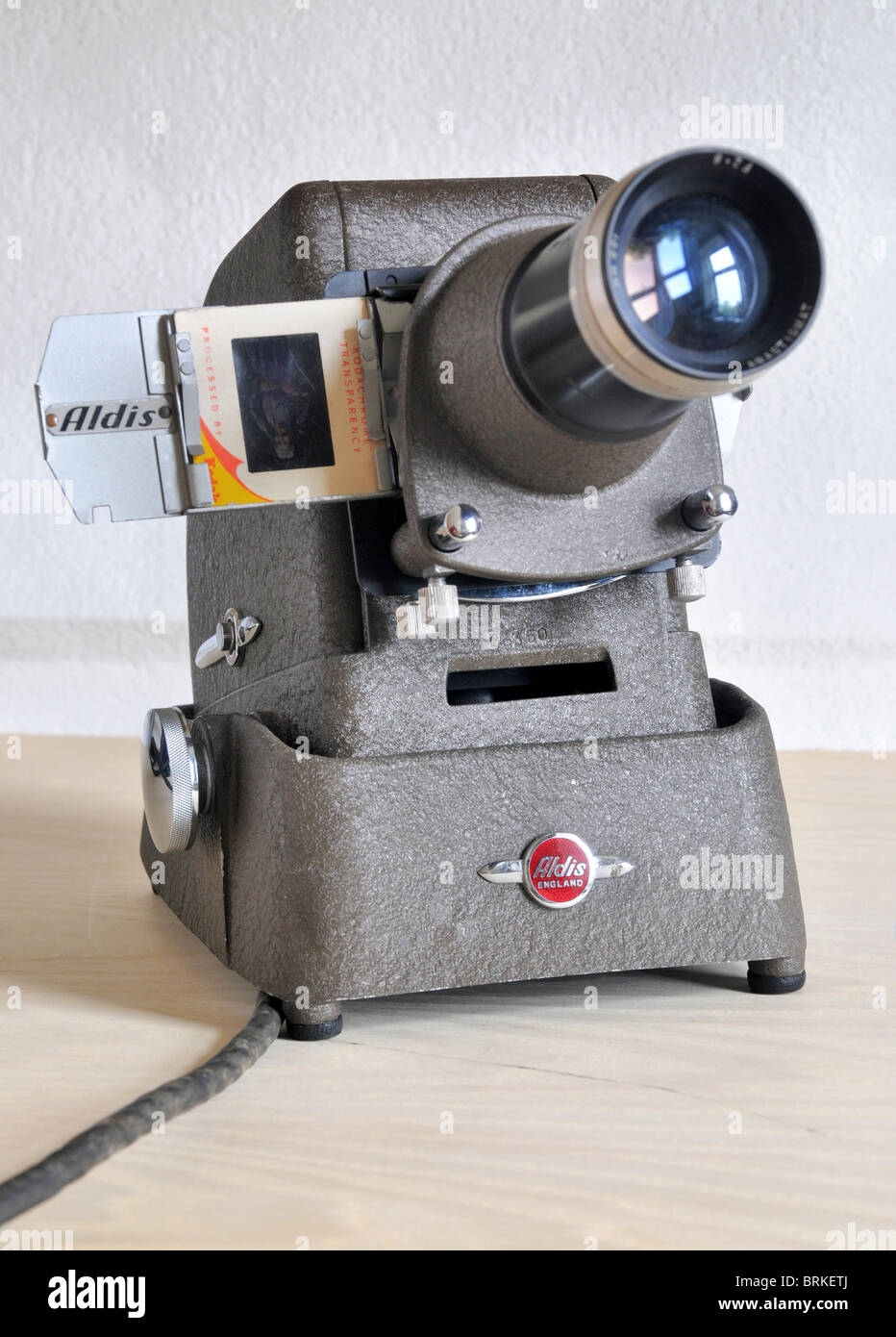
WHY did the Kodak Carousel Projector die off?

The first Kodak Carousel Projector model was introduced in 1962 and dozens of models were created, ending with the Carousel 5200-K (released in 1984). “As recently as about five years ago, when I indicated to a host that I would need the use of a projector, just about everyone understood that to mean a Kodak 35 mm slide projector (or its equivalent), and just about every venue had one readily available,” Petroski wrote. Henry Petroski, a professor of civil engineering, wrote in the journal American Scientist that during the 1970s, ’80s and ’90s the Kodak Carousel Projector was present in all venues at which he was a guest lecturer. In the 1950s, 35 mm slide projectors had become extremely popular as home entertainment devices showing images of vacations and family gatherings, reports Ithaca College’s Visual Resources Collection. By 1946, Kohl writes, a directory of art history slides was developed and available for purchase via catalog. Kodak first offered Kodachrome film for 35 mm slide projection in the late 1930s. WHEN was the Kodak Carousel Projector introduced?Ĭourtesy of Classic Film, Published in Life magazine, August 21, 1970, Vol. The carousel tray also held slides with a locking ring to prevent them from spilling if the machine was shifted or dropped. The projector also featured what Kodak calls the “gentle gravity feed of slides,” made to prevent jamming.

Slide projectors for old slides manual#
The Kodak Carousel Projector, which was often identified by its circular tray holding 80 to 140 35 mm slides, was the first to allow professors to preload lectures and automate shows with no manual reset, Kohl writes. Then in the 1960s, the Kodak Carousel Slide Projector was introduced.

Kohl of the Minneapolis College of Art and Design, the first use of a slide projector in an art history lecture was in 1873, and the professor used a potentially dangerous live-flame lantern projector.īut, as Kohl writes, the heyday of the slide projector didn’t come until after 35 mm film was created in 1925. Today, students follow Microsoft PowerPoint presentations from their notebook computers and mobile devices, but one of the earliest art history lectures to use a slideshow looked considerably different.Īs reported in a research paper by Allan T. The slideshow has long been a staple of the college lecture.


 0 kommentar(er)
0 kommentar(er)
